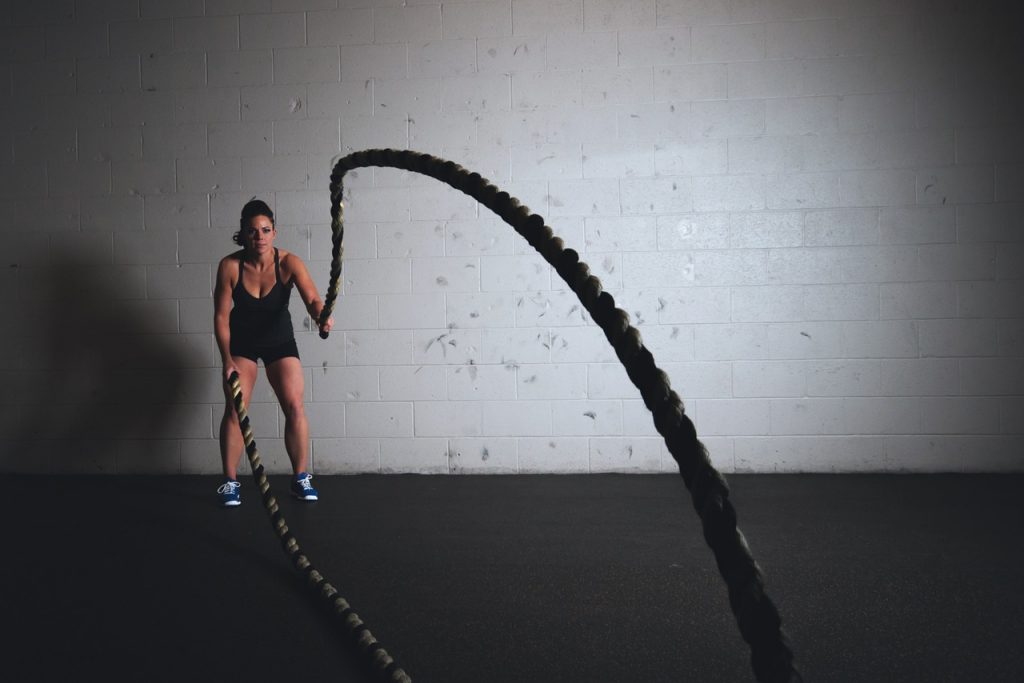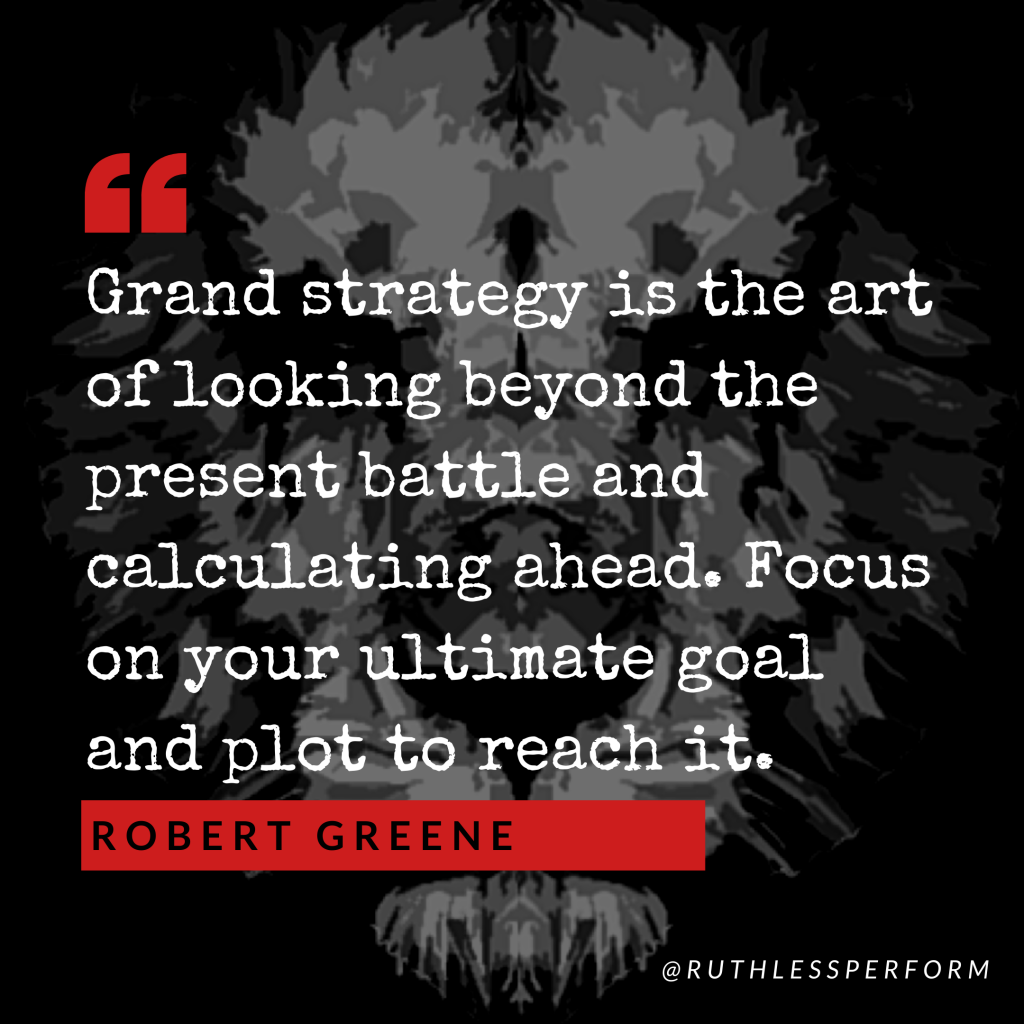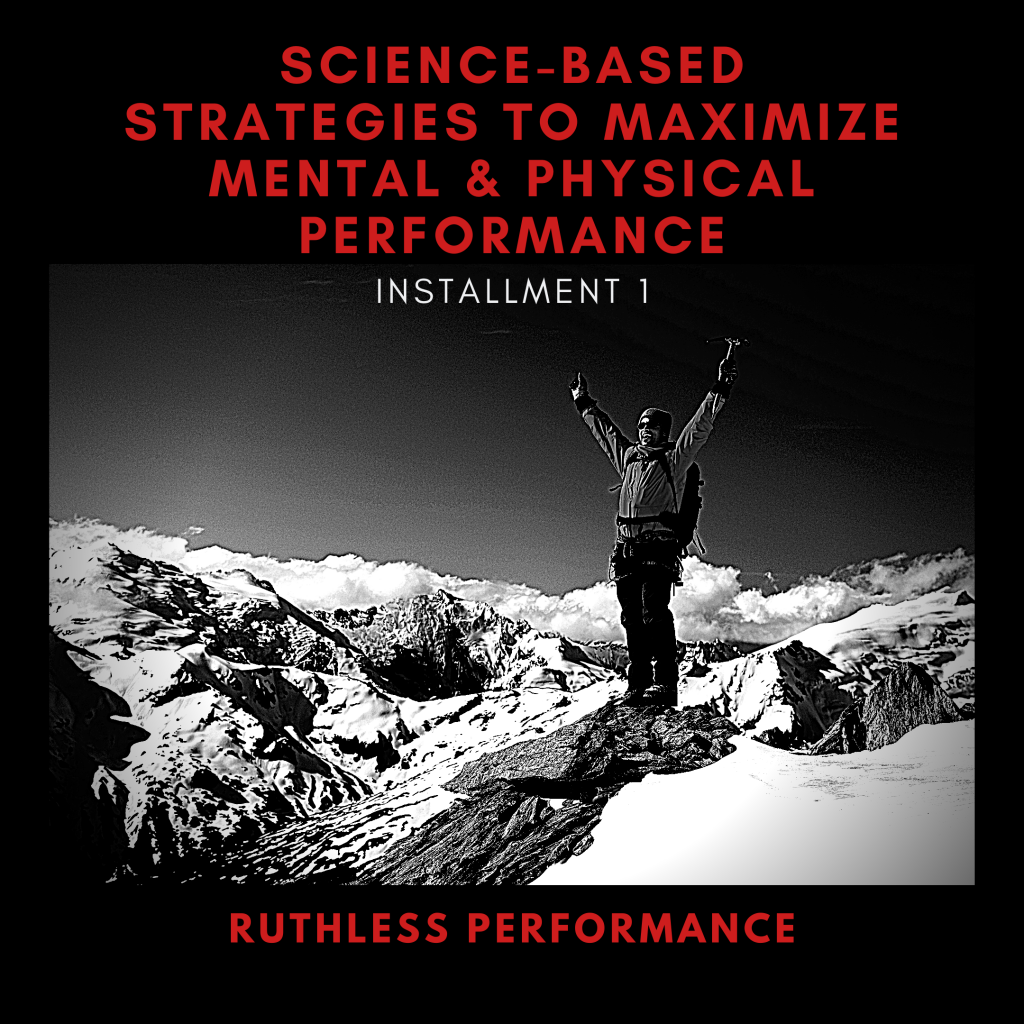This series is going to explore various elements of performance, primarily from a physical and mental perspective. The reality is, however, that physical and mental performance are tightly interwoven; as one improves so does the other. This notion makes most of these concepts interchangeable between benefits to both mind and body.
Beyond the categories of mind and body, I’ll also be covering something that I’ll be referring to as the path. The path is different for everyone, but the path is simply behaviors and patterns to help you live a more complete, fulfilled life.
While some of the following concepts in this series may be geared to a category that you’re more inclined towards, i.e. an executive trying to maximize mental clarity or a body builder focusing on maximizing the durability of their body, these will all get you there to some extent. My breakdown is predicated on whether the primary actions of the strategy in question is acting on the Central Nervous System, elsewhere in the body, or outside of the body.
All of the points herein could be their own article—or even provide enough context independently to form a dissertation, but this series will rather focus on the what you should be doing rather than the why. For all of these strategies there is, indeed, a very strong argument for why these ideas should be a part of your day-to-day performance enhancement portfolio. This installment, and the subsequent articles in this series to come are filled with highly actionable, scientifically-backed strategies for becoming a better you.
Before providing any of the following as advice, all of these ideas have been utilized by myself personally, then strategically built into either the training programs or day-to-day schedules and habits of the athletes that I work with at Ruthless Performance. While there are thousands of ways to improve your daily routine and physical performance, I can confirm the power and the science behind these strategies herein will make you perform better.
Now let’s kick things off with the body…
Body
Perform Cardio on Your Rest Days
Something here is bound to fly in the face of your current understanding of training. Either you’re a no-rest-days rise-and-grind-type, or you’re the type of person that doesn’t want to even think about moving on their rest days. Considering that your adaptations to training occurs during rest, you may want to consider programming more rest within your current training cycle. But for the mere mortals among us who cherish our days of rest from training, adding cardio on these hallowed days may actually improve the rest of your workouts.

Cardio on rest days can actually expedite the recovery process. Movement is causally related to the health and function of the lymphatic system, which helps remove waste products from the body, enhances immune function, and does much more. This means more productive gym time when you’re there, and also means less likelihood of missed workouts.
Cardiovascular work on off-days is known to insiders as active recovery. Beyond its value to the lymphatic system, active recovery also facilitates the re-uptake of lactate from the blood for utilization by the heart, provides nutrient-rich blood to tissues damaged in the training process, and most obviously builds cardiovascular endurance.
Cardio need not require $10,000 gym equipment or extravagant monitors and trackers. There’s hundreds of conditioning tools that can be scaled down to meet the reduced intensity of an active recovery workout, but you’ll want to focus most on long-duration, steady-state cardio.
Keep active recovery at a pace where you can still easily breath and can still hold a conversation. 20-60 minutes is generally ideally for a time window here, but can go longer if you reduce the intensity even further. Build this into your lifestyle or routine by using this to walk your dogs, explore your city or country side via road bike, hike to new vistas, or to forge relationships over a game like racquetball or pickleball.
Simply put, active recovery should be a channel through which high-achievers can still exercise without interfering with their recovery while allowing other individuals prone to complete rest an opportunity to move and expedite the recovery process.
Perform a Deep Squat Hold Daily
Throughout the developing world, a deep squat hold is actually a standard means of sitting, or being at rest. Through the various interruptions and advancements in the western world, this ability has become lost. Though it’s not a panacea, the bottom-squat position is indicative of tissue quality and joint health throughout the body.
The deep (bottom) squat position is indicative of lumbo-pelvic stability, ankle and hip mobility, and general spinal health. For the uninitiated, the deep squat hold will be a struggle. Begin with 1-3 sets of a 30 second hold. The hold is simply squatting as deep as you can and holding there. You may notice your soft tissue restrictions immediately, or with some delay towards the end of the set. If you find that you can’t drop your hips below your knee, hold on to something in front of you for support; that will help redistribute your weight and allow for greater range of motion.
Even once you’re capable of holding a bottom squat for 60 seconds or more, you’ll still want to perform this every day as preventative maintenance for your spine, hips, knees, and even ankles.
Mind
Vitamin D3
The implications of Vitamin D are widespread across the physiology of human performance. In conventional health circles, Vitamin D is linked primarily to bone health and calcium uptake, but in deficient populations Vitamin D supplementation raises testosterone, improves cognitive function, and otherwise optimizes many aspects of physiology that are intricately woven into the physiology of performance.
You can indeed receive Vitamin D from sunlight, but this is only for parts of the year across the northern US, and otherwise requires direct sunlight. Considering how widespread Vitamin D deficiencies are in the population, we know that sunlight alone isn’t getting the job done. I take between 2,000 IUs and 10,000 IUs depending on time of year, frequency of use, etc.. Whatever dose you take, consider taking it with a refrigerated fish oil supplement. Fish oil will likely get its own time on this list in the future, but for purposes of maximizing Vitamin D uptake, the fat within the fish oil can help the absorption of the fat-soluble Vitamin D.
Maintain the Same Sleep Pattern as Much as Possible
As chaotic as the life on an entrepreneur can be, I fight to maintain the most consistent sleep schedule day-in and day-out as possible. A more consistent sleep pattern will help regulate your circadian rhythm and ensure that you’re achieving the deepest, most restful sleep possible.
In the popular article I wrote for Stack Magazine entitled “What is Sunday Night Insomnia, Why Does It Ruin Your Monday Workouts and What Can You Do About It?”, I cover discuss the problem many have across various ages and backgrounds: Late Friday and Saturday nights, leading to late Saturday and Sunday mornings, followed by a shift in the circadian rhythm where Sunday night you can’t sleep.
To offset the problem of Sunday Night Insomnia, you’ll want to keep sleep consistent. When keeping your sleep schedule the same isn’t possible, you may want to cut back on total sleep Saturday night so that you’re more tired Sunday night; this–of course–isn’t ideal, but neither is binge drinking your weekend away.
The Path
Set Goals and Plan to Achieve Them
Do you have a purpose? This doesn’t need to be some grandiose notion for future you, but can be as simple as having an outline of what to do in the days to come. But goals and planning cannot be left independent of each other.
I can’t tell you what your goals should be. Financial, fitness, health, familial—whatever the case may be, goals should align with your values in a manner that is both attainable, actionable, measurable, and provides value to you in your life.
Consider looking into the SMART goal paradigm for further reading. Just know that without goals and the plan to get you there, you are walking blindly into time.

More to come…
This will ultimately be a 20-part series, where I’ll dive into some of the newest, most reliable, and most obscure ways to boost your physical and mental performance. Be sure to stay tuned-in for more as we explore self-improvement from a scientific-yet-actionable standpoint.

